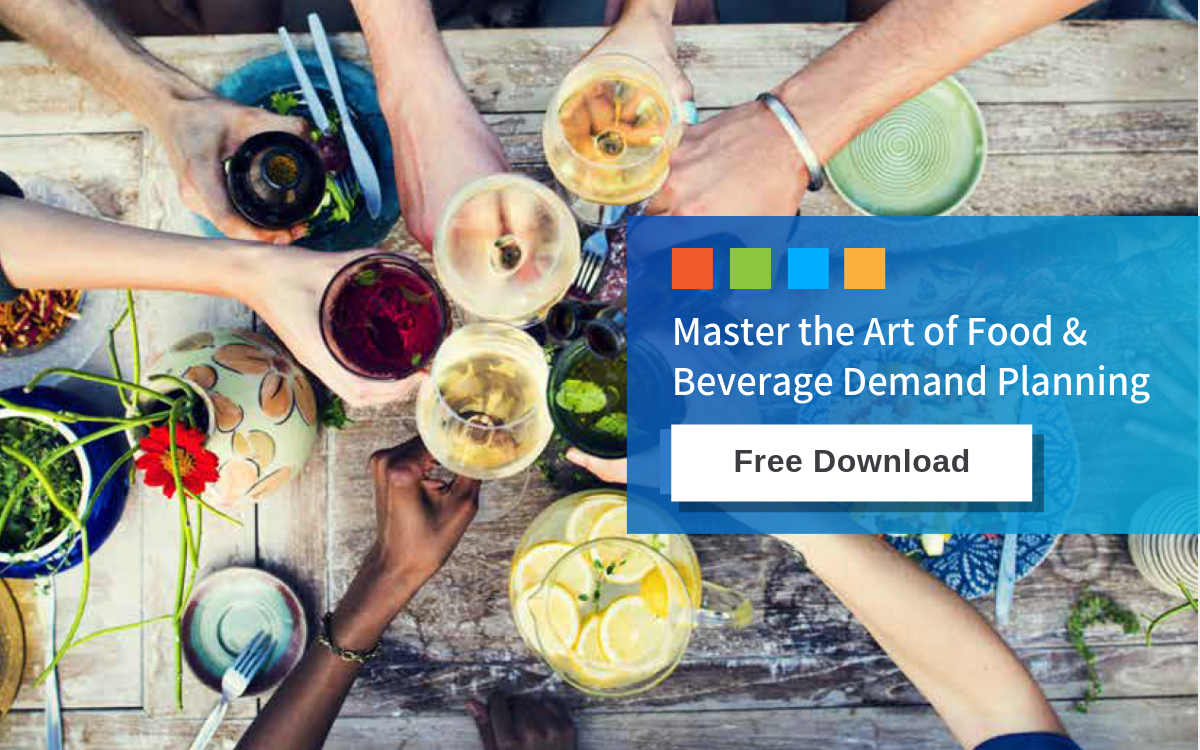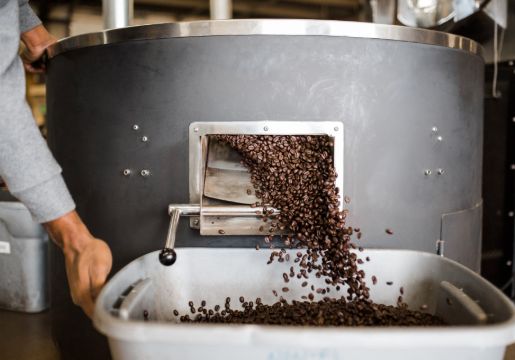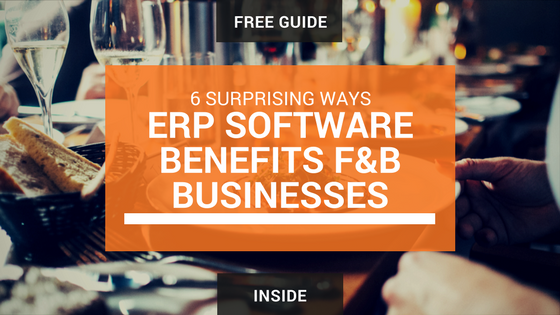Competition is fierce in our foodie nation. We’re spoiled with the world’s cheapest Michelin-starred meal, house homegrown giants like F&N (Fraser and Neave) and BreadTalk, and these days everyone with a phone and a social media account is a critic. With so much good food at every turn, how does one compete?
Intensifying Competition and Rising Costs
The F&B Services sector saw a 3% dip in sales within the last quarter, compared to last year. Food manufacturers saw a similar 3.2% decline. Restaurants in particular are feeling the pinch, with sales shrinking by 10.5% despite a recovering economy.
A number of factors may be to blame, including high prices as a result of rising costs of ingredients, labour, and rent, and more conservative consumers cutting back on how much they spend.
Market saturation is another cause for concern. Mall operators have doubled the space for F&B tenants compared to a decade ago, up to as high as 40% of their tenant mix. With so much competition, food outlets and manufacturers alike are finding new ways to stay at the top of their game.
Countering Headwinds
To retain customers, industry heavyweight Crystal Jade has decided to focus on providing quality service. Food production companies like noodle manufacturer Leong Guan and Mr Bean are coming up with healthier products and relying on automation to drive costs down. Meanwhile, gourmet food supplier Indoguna emphasises both on price and quality to create value for money.
Tackling challenges in the food industry requires focusing on all 3 aspects: service quality, innovation, and value for money – and ERP (Enterprise Resource Planning) solutions may just be the answer you need.
The Basics of ERP
A robust ERP solution allows you to manage all your business processes in a single platform, with the integration of all your business essentials providing you the speed and insights that is difficult to achieve with multiple systems.
At the heart of every ERP solution is a strong accounting foundation, typically coupled with features such as supply chain management, order processing, production planning, and basic customer relationship management (CRM).
The integration of all these components enable businesses in food serves and production to achieve:
1. Service Quality

Singapore customers are among the most demanding in the world – a single negative encounter will prevent 33% from returning, and 2-3 negative encounters will result in the loss of about 66% of them. With social media taking word-of-mouth several steps further (and with so many alternatives available), many will not even give businesses or products with negative reviews a single chance.
Here’s where ERP comes in.

Food businesses in Singapore are severely understaffed. To combat this, many, if not most, food outlets now carry iPads or even have self-service kiosks to take a load off their service crew. You get speed, fewer human errors, and can work with a leaner team that can serve up dishes a lot quicker. The result? Happier customers and lower labour costs.
Food manufacturers likewise, are investing in machinery to expand with shrinking headcounts. It previously took about 60 workers to produce 200 litres of soya milk per day at Mr Bean - now it takes a mere 6 workers to produce 12,000.
The productivity increases you get from these investments are nothing to turn your nose up at. But there's a costly invisible bleeding that happens when you only rely on machines and nothing else. You lose a lot of data. Data which can help you improve on your business and keep your customers loyal.
Because an ERP system stores all the data collected from across all aspects of your business in a centralised database, there's a wealth of information on production volumes, production and shipping speed, sales, and so on. Your customers and prospects' information are tied directly to transactions, giving you clearer insights and allowing more effective decision making.
Depending on the nature of your food business, you may even integrate your ERP system with a POS (point of sale) system, loyalty app, or eCommerce store for added features and flexibility.
With an ERP system, it becomes a lot easier to offer your customers what they need, when they need it.
For example, you're a supplier of cake mixes to a chain of baking stores. Based on past transaction data in your system, you know that whenever the stores order red velvet cake mix, they tend to order about 70% that quantity of cream cheese frosting as well. With this data, you can offer more attractive bundling options or prompt your customers whenever they are making an order.
An ERP system also optimises your business operations to reduce time wasted communicating between departments (for example, between Production and Shipping) so that you're able to fulfil customer requests and respond to enquiries a lot quicker, increasing both your quality of service and customer satisfaction levels.
2. Innovation
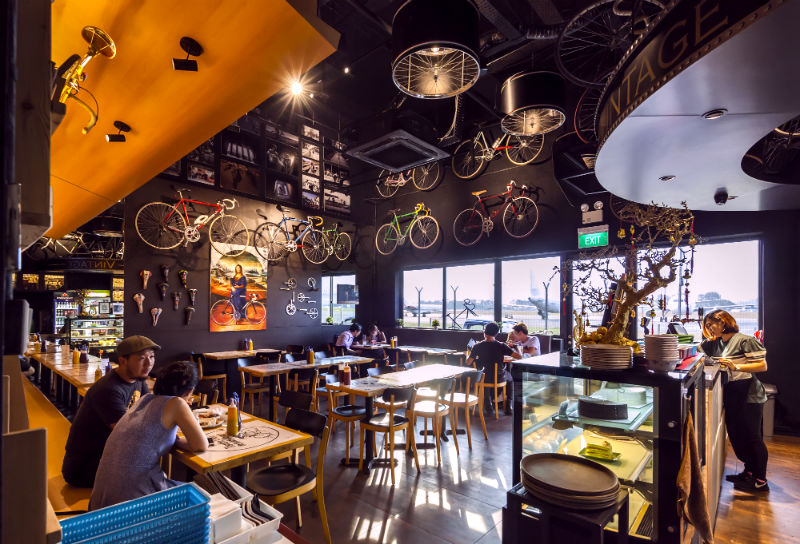
For many longstanding food manufacturing businesses and eateries, maintaining high standards is enough. For new entrants in a saturated market, or for older eateries that are struggling to modernise however, innovation is key.
ERP can do more than let you work with a lean team or keep quality standards up - it frees key members of your team up to think more critically. Together with data analytics gathered by your ERP software, you can more effectively work on R&D (research and development) or develop new marketing strategies for your business.
For example, café chain Coffee Hive invested in an automated frying and industrial blender solution to automate a manual chili frying process with timing and heat control functions. House of Seafood not only offers island-wide delivery online, it even has ready-to-eat crab dispensed from vending machines. And who hasn't heard of the self-heating mala hotpots or 2013's cronuts?
The point is - there’s so much you could be missing out on by being preoccupied with data entry and staffing requirements. When you don’t have to fret about how your business can stay up and running on a daily basis, you have more time to get creative and grow your business.
3. Value for Money
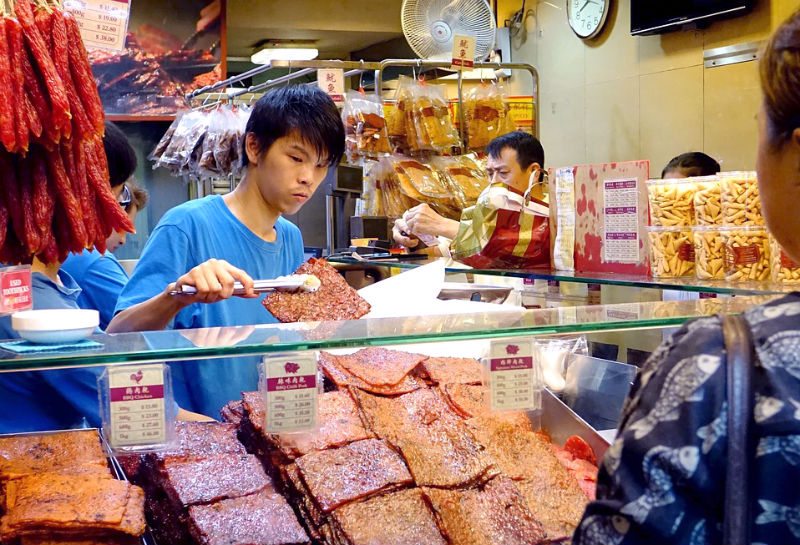
“Value for Money” is a tricky term. It doesn’t necessarily mean cheap, because something expensive could still be deemed good value due to its high quality, rarity, or novelty.
We've already talked about how ERP helps you to deliver excellent service quality, and R&D can help you to become more productive, create new products, or engage your customers in different ways.
These are all ways the right ERP software can help your food business create value for your customers and keep them coming back time and again.
Depending on the nature of your business and products however, customers may also expect your products to remain cheap, despite rising ingredient and labour costs.
Supply Chain Management in an ERP system allows food businesses to make more accurate predictions based on past data. For eateries, this means knowing when to stock up on a particular set of ingredients due to seasonal demand for a certain dish. For manufacturers, knowing when to produce larger volumes to be placed in retailers, and when to cut back on production to avoid holding excess inventory.
With better visibility, you can also easily compare past data from vendors, or negotiate better terms since you will be able to provide more certain predictions on future orders.
Using all the data in your system as leverage, you can save not only on labour costs, but in other areas such as food wastage. If cost is a main driving factor for your customers, you can pass this cost on to stay at the top of their minds the next time they place an order.
An ERP Solution to Rejuvenate Your Food Business
Now that you've read what ERP can do for your business, you might be wondering which software is suitable for your business. Did you know that SAP customers distribute more than 78% of the world's food? In fact, 74% of the world's transaction revenue touches an SAP system.
SAP Business One is the solution of choice for over 55,000 SMEs worldwide in 150 countries. Download your free whitepaper below to find out how SAP Business One helps businesses in the F&B industry to overcome common challenges and achieve their goals more easily.

